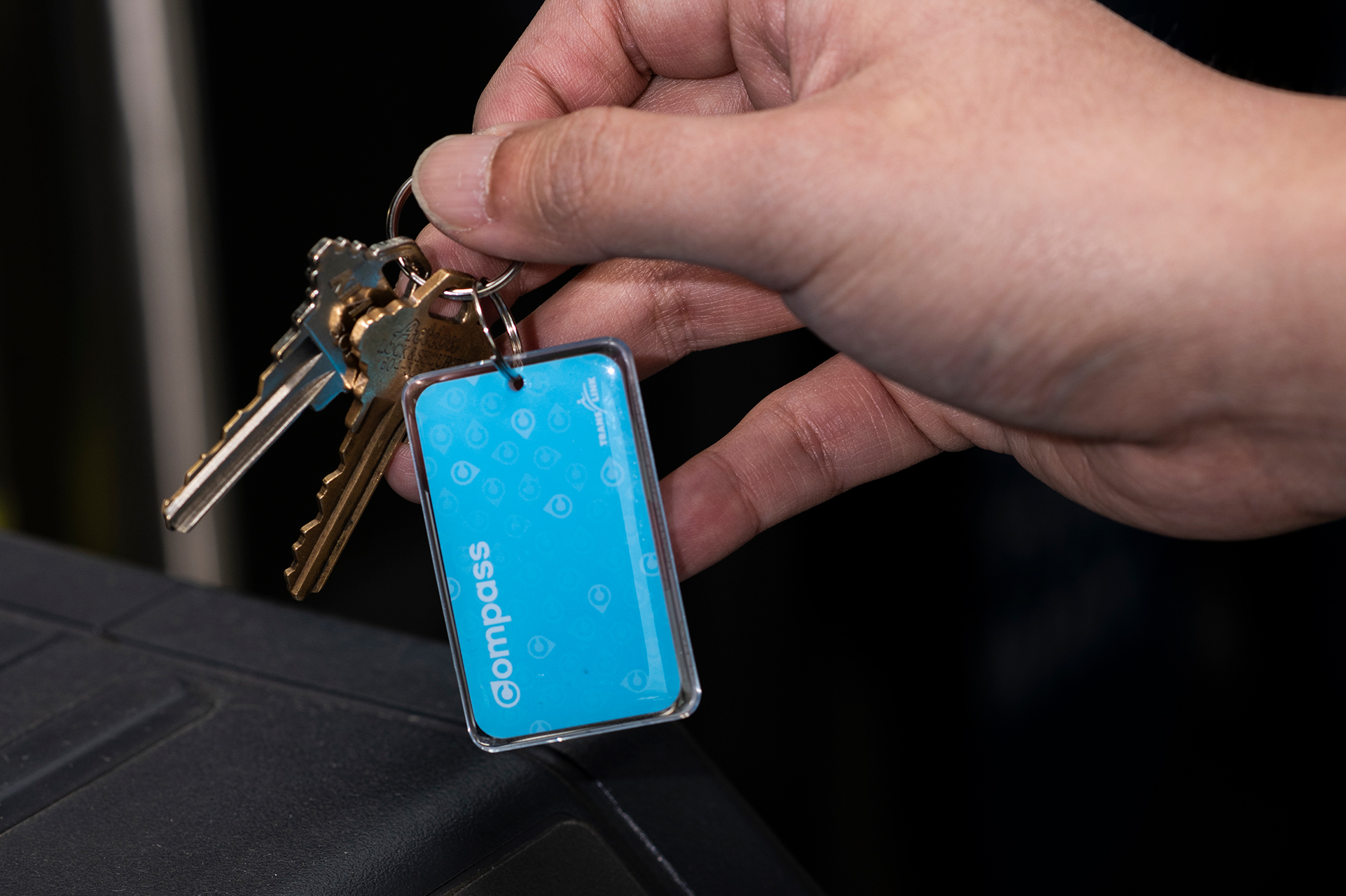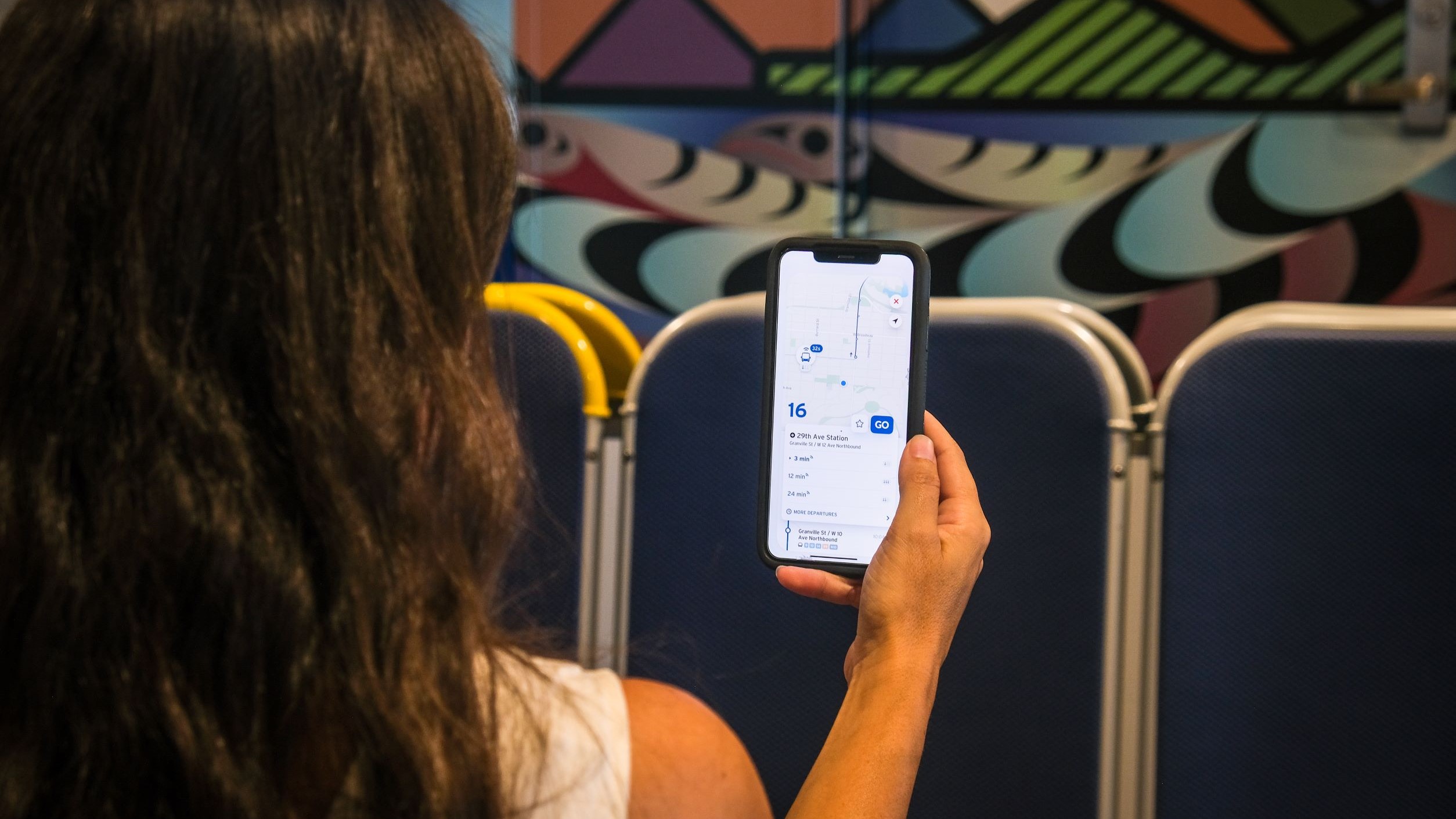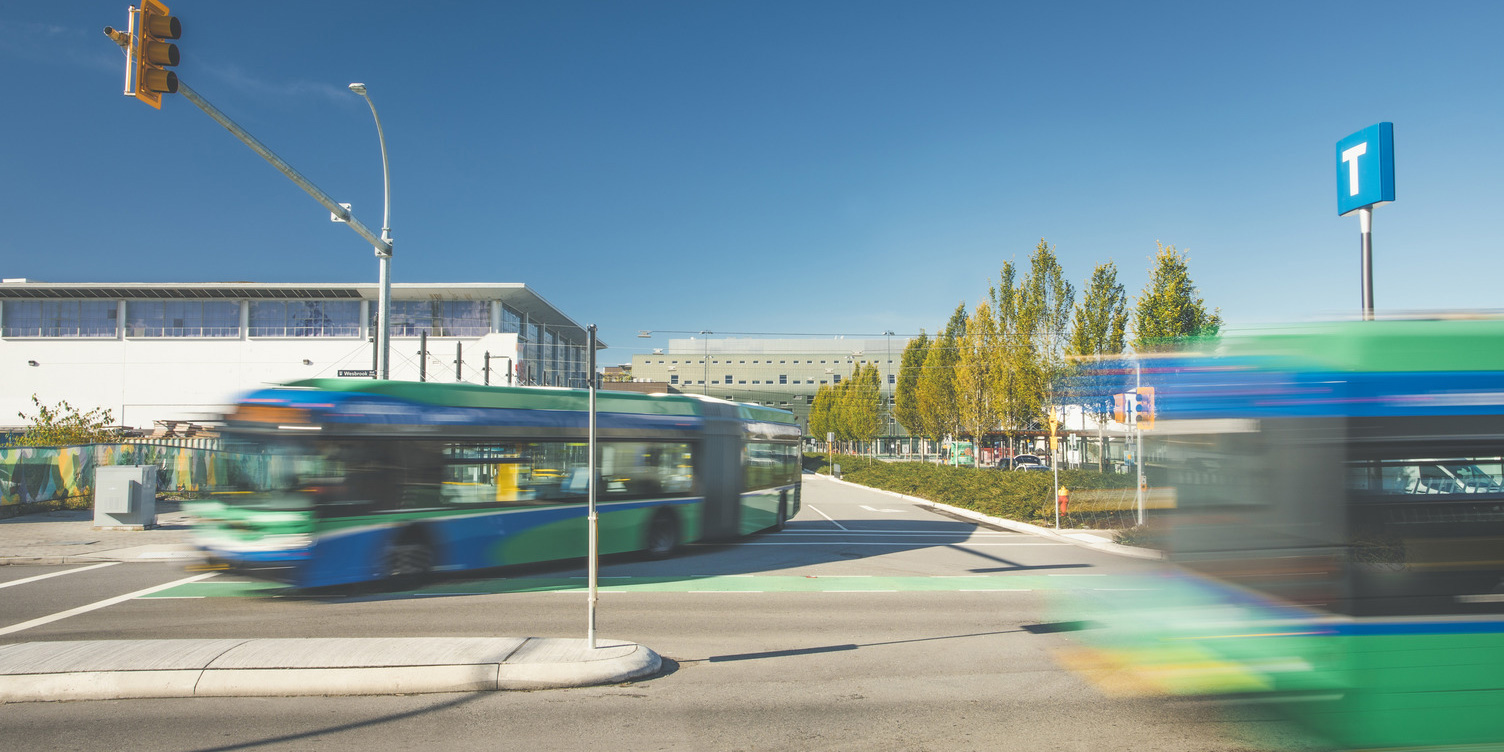10 transit life-hacks you’ll probably wish you knew about sooner
10 transit life-hacks you’ll probably wish you knew about sooner

Life hacks are a huge part of internet culture with people offering tips and tricks for cooking, laundry, DIY projects, make up and more — all meant to make your life easier.
With that in mind, we present to you: transit life-hacks! You will be today years old when you learn about some of these. Read on to up your efficiency riding transit.
Easily find out where your bus is and how busy it is
Next Bus is a quick way to look up departure, real time, or scheduled times for a specific bus stop and bus route. You can access Next Bus through translink.ca. As well, you can text the bus stop number, and up to two bus route numbers, to 33333 and we’ll send you the next two departure times for those routes.
Want an app? Download Transit app. This popular mobile app provides real-time public transit information in more than 200 cities worldwide, including Metro Vancouver. It leverages our open API to directly pull that information from our databases.
We’ve also partnered with them to trial capacity predictions on buses so customers can ride with confidence and comfort. Bus capacity predictions generated by Transit app are based on historical trends and Automated Passenger Counter (APC) data collected from TransLink’s bus network.
Take advantage of our fast and frequent transit network
Local buses are great as they get you as close as possible to your final destination — but with a little walking or cycling to connect with our Fast and Frequent Transit Network, you can get to where you need to go sooner. The network consists of three SkyTrain lines, five RapidBus routes, the 99 B-Line, SeaBus, and the West Coast Express. They are all limited stops and high frequency services, so they’re fast and frequent enough that you do not need to refer to a schedule.
Choose the R4 41st Ave RapidBus or 84 UBC Express
The 99 B-Line was once our flagship bus service to the University of British Columbia’s Vancouver campus, but now there are other fast and frequent options!
Coming in on the Millennium Line? Keep riding to VCC–Clark Station to catch the 84 UBC Express, which became a route that uses our longer, bendy buses earlier this year.
On the Expo Line? Disembark at Joyce–Collingwood Station and switch to the R4 41st Ave RapidBus. Most buses on this route have Wi-Fi and it operates in a bus-only lane for most of the route during the busiest times of the day.
Sign up for AutoLoad on your Compass Card
Never run out of Stored Value by signing up for AutoLoad. It automatically tops up your Compass Card when your balance drops below $5. AutoLoad can also be setup for Monthly Passes. Sign up for AutoLoad at compasscard.ca.
Be a time shifter
It goes without saying that morning and afternoon rush hours are typically the busiest times on transit and when roads are most congested, which can impact how easily our buses can navigate the roads. If you’re able, consider shifting your commute time to another part of the day. Travel on SkyTrain or SeaBus is a one-zone fare after 6:30 p.m. on Mondays through Fridays. All buses are always a one-zone fare.
Purchase a Compass Mini keychain and never forget your Compass Card
The Compass Mini is what the name suggests — a miniature Compass Card! It comes as a keychain. Attach it to your keys and never forget your Compass Card again. Purchase it from the customer service centre.
Your Compass Card is also available as wristband!

Choose your SkyTrain car wisely and take the stairs
Pick correctly and the SkyTrain will drop you off right at the stairs or escalators exiting the station. If you are able to, get those steps in and take the stairs — they’re often empty with many people opting for the escalators. Skip the elevator so those who need it have shorter waits.
Take two wheels instead of more
Cycling can be one of the fastest ways to get around, especially in downtown Vancouver where streets are narrow and can easily get congested during busy times. All of our buses are equipped with bike racks, so integrating your cycling commute is easy too. Don’t have a bike? Sign up for Mobi by Shaw Go, Vancouver’s bike share program that lets you pick-up and drop-off a bike near transit stations and stops throughout the city.
Enter Waterfront Station through the “secret” entrance
The Cordova Street entrance, near Gastown, is the most popular entrance. You can also enter the station at the corner of Howe Street and W Cordova Street, near Canada Place, for the Expo Line. Hastings Street and Granville Street for the Canada Line.
But you knew that already! But did you know there’s a “secret” entrance? There’s one for Waterfront Station on Waterfront Road, on the north side of the railroad tracks.
This entrance is perfect for SeaBus riders with bikes who want to skip the elevator rides to get down to the terminal. Note that bikes are not allowed on escalators and other restrictions apply.
Try other routes and transfer points
Google Maps suggests you ride all the way to Waterfront Station and transfer there, but it’s much quicker getting off at Vancouver City Centre and walking over to Granville Station if you are transferring to the Expo Line, and vice versa. Geographically speaking, the Expo Line travels past Waterfront Station to Burrard Station before doubling back.
Rather than catching the 257 Horseshoe Bay Express from Granville Station as Google Maps suggests, it’s a closer walk when transferring at Stadium–Chinatown Station. Plus, you’re more likely to snag a seat too.
Have a transit life-hack that we missed? Share it in the comments below!








I think what people really want it a hack for dealing with people who don’t wear deodorant on transit during rush hour.
Put your mask on
You forgot Sapperton station’s secret entrance, for people who need to access the station from the south side of Brunette st.
Also free wifi at Edmonds and some buses!!
I think another cool thing to add would be to move to the back of the bus!! So many people, even the ones getting off at the last stop (so it’s not an issue of missing their stop), just stand at the stairs. And as more passengers come in, it makes the bus seems falsely full. Don’t know why people don’t just move back lmao